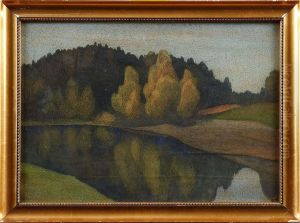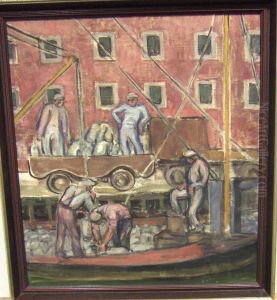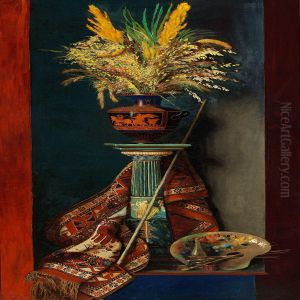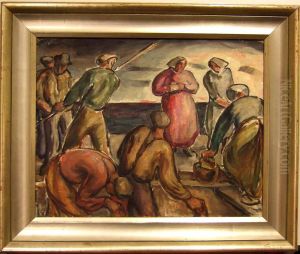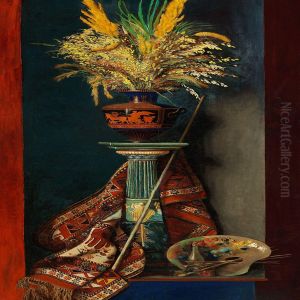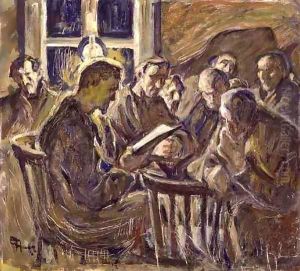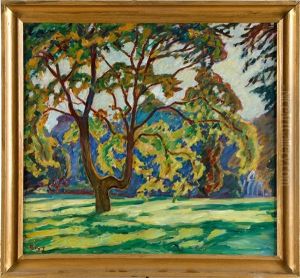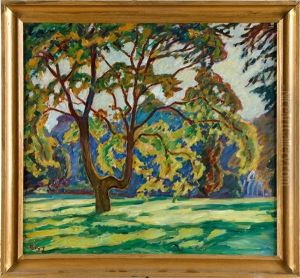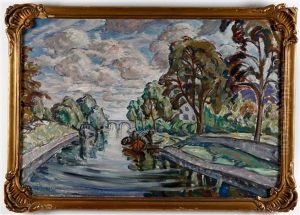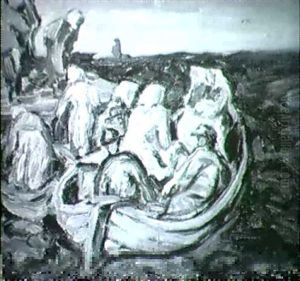Ester Almqvist Paintings
Ester Almqvist was an influential Swedish artist known for her contributions to modern painting in Sweden during the late 19th and early 20th centuries. Born on October 22, 1869, in Lund, Sweden, Almqvist was a pioneer among female artists in her country at a time when the art world was predominantly male-dominated.
Ester Almqvist showed an early talent for art and pursued her passion despite the societal norms of her time that often restricted women's access to professional training. She studied at the Technical School in Stockholm from 1886 to 1887, which later became the University College of Arts, Crafts and Design (Konstfack). Her dedication to her craft led her to further her studies at the Artists' Association's School (Konstnärsförbundets skola) under the tutelage of prominent artists such as Per Hasselberg and Carl Larsson.
Throughout her career, Almqvist was known for her bold use of color and expressive brushwork, which showed an affinity for the post-impressionistic styles developing in Europe. She was not afraid to experiment with different techniques and was inspired by the works of Paul Gauguin and Vincent van Gogh. Her paintings often depicted landscapes, interiors, and still lifes, characterized by a vibrant palette and dynamic compositions.
Despite facing challenges as a woman in the arts, Ester Almqvist held solo exhibitions and participated in group shows, gaining recognition for her contributions to Swedish art. She became a member of the Swedish Artists' Association and established herself as an influential figure, especially for other women artists of her time.
Ester Almqvist's life was also marked by personal struggles, including financial difficulties and mental health issues. In the later years of her life, these struggles intensified, and she was eventually admitted to a psychiatric hospital. Ester Almqvist passed away on May 3, 1934, in Lund, leaving behind a legacy of artistic innovation and breaking gender barriers in the Scandinavian art scene. Her work continues to be celebrated and is exhibited in several Swedish museums, including the National Museum in Stockholm and the Malmö Art Museum.
